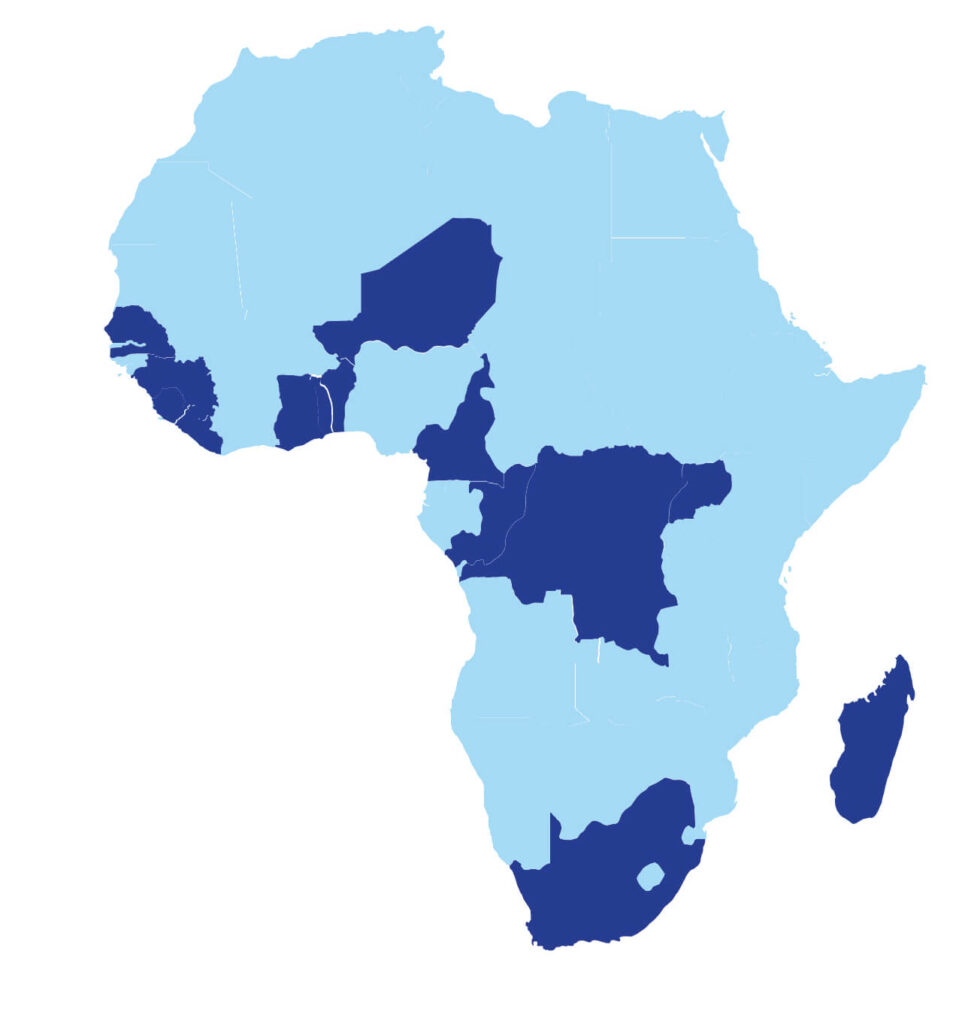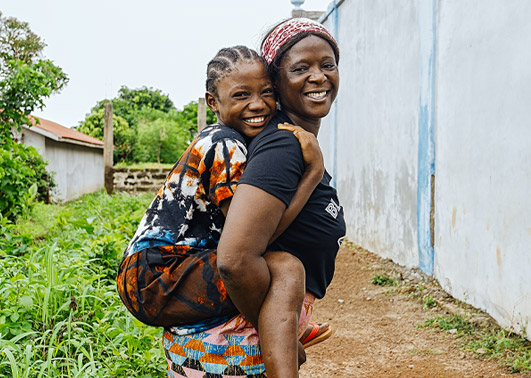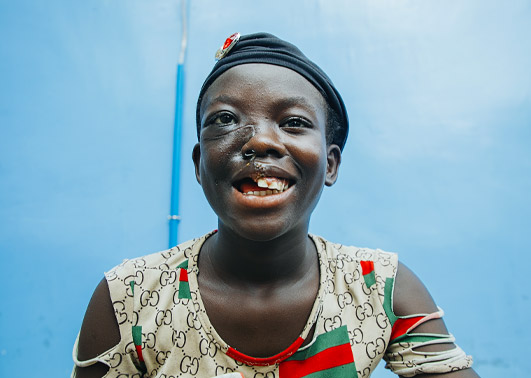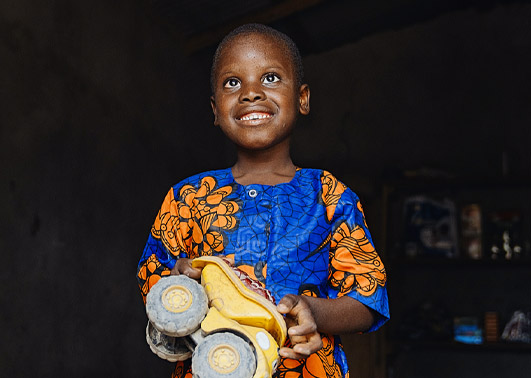
Off-Ship Activities
What we do, when the hospital ship is not nearby
Mercy Ships was created over 40 years ago in order to provide an answer to the need for medical, foremostly surgical, treatment in developing countries. The founders had a clear concept that hospital ships would be the ideal instruments to bring hope and healing to the countries we serve.
Our scope has increased and, today, not all of our activities in Africa are dependent on a hospital ship mooring nearby. Over recent years, we have developed a strategy based on “Country Engagement Plans” that enable us to be active in more than one place; with smaller projects adapted to the specific needs of specific places, according to the requests of our friends and partners in various African countries. It is really gratifying to be able to tell our long-time friends and partners: “Yes, we are coming!”
Diverse and targeted support
Our Country Engagement Plans focus on three pillars:
1. Direct Medical Services,
2. Medical capacity building, and
3. Health systems relationship building.
The field of “Direct Medical services” (= our surgical operations) almost always relies on the presence of our ships and their state-of-the-art hospital infrastructure (the only exception to this is when Mercy Ships volunteer surgery teams operate in the clinics of our partners across Africa). However, “Medical capacity building” and “Health systems relationship building” can thrive independently.
Even during the pandemic
The pandemic has shown that this strategy brings an additional advantage: with smaller and sustainable projects in the area of Medical Capacity Building, we can switch to online or hybrid forms to deploy our teaching, mentoring, etc. and thus adapt to the situation in case of impending travel restrictions, etc.
Currently, Mercy Ships is at work in 8 countries all over Africa – even in land-locked countries like Niger and Uganda.
Action en Afrique
SHARE
Your gift transforms lives in Africa.
Some moving stories from our surgical patients

Story of Fudia
The 10-year-old can now walk by herself without struggling and is set to resume school, with hopes for the future set high: “I want to be a doctor, so that I can help other people,” she shared.

Story of Lucy
In 2021, Lucy suddenly experienced unbearable tooth pain. Although the tooth eventually fell out, the pain persisted. Her face became swollen, and it was discovered to be a tumor. Unfortunately, the cost of medical treatment was beyond the family’s financial means.

Story of Mamadou
Shortly before his first birthday, Mamadou’s mother realized that he was having difficulty grasping objects and that he regularly stumbled. Mamadou suffers from cataracts.

